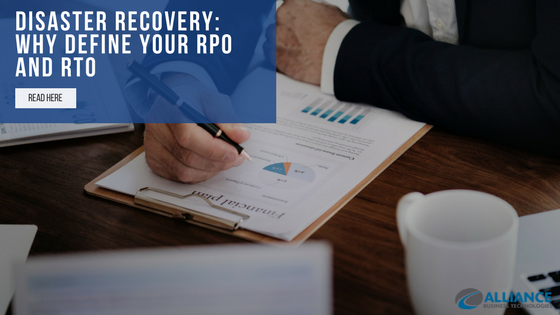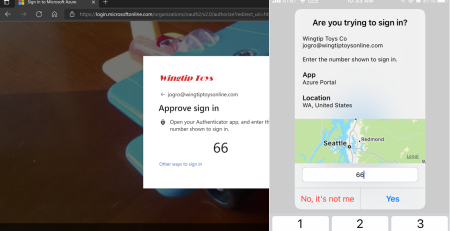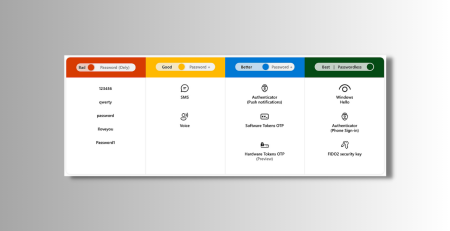Disaster Recovery: Why Define your RPO and RTO
While it is nearly impossible to predict what the next disaster will be, it is easy to prepare for, especially if you have an effective business continuity plan.
The first step towards having a secure and available business environment is determining your Recovery Point Objective (RPO) and Recovery Time Objective (RTO). RPO and RTO are both essential elements of business continuity; however, they have some critical differences.
Recovery Time Objective (RTO)
Your RTO is the target time you set for recovery and restoration of your IT and business activities after a disaster. Typically, this is defined by how much downtime you can afford before your business suffers. It can include:
- Time to discover and fix the problem
- Time to recover data from backups
- Time to restore your data and systems
The goal of your RTO is to calculate how quickly you can recover when disaster strikes. Establishing your RTO ensures that the disaster recovery strategy you have in place will meet these needs during a disaster.
The shorter your RTO is, the larger your disaster recovery investment is likely to be.
Important factors to determine RTO include: The amount of downtime your business can absorb, how much revenue is lost while you rebuild your IT environment, and what you’ll need to recover to get your business back up and running.
Recovery Point Objective (RPO)
RPO is focused on data and your company’s loss tolerance in relation to this data. RPO is determined by looking at the time between data backups and the amount of data that could be lost in between backups.
Imagine you’re writing a lengthy essay on a computer that you know will crash, but at an unexpected point in time. How often would you feel the need to save your work? The length of time between saves determines how much work you will lose, and how much time it will take to recover that lost work. This time becomes your RPO, and is the indicator of how often you need to back up your data.
The same applies for a disaster affecting your IT systems. Therefore your RPO is the shortest time you should let pass between backups. If you find that your business can survive three to four days in between backups, then the RPO would be three days.
Important factors for RPO include: How often important data changes at your organisation, how often backups will be run, and how much space you have available to store the backups.
What is the main difference between RTO and RPO?
The main difference between these two metrics is their purpose. RTO is generally large scale, looking at your entire business. Whereas RPO is focused on your company’s data and your overall resilience to the loss of it.
When a disaster strikes your company, every second is valuable. Contact us today to discuss how our business continuity systems and solutions can help your business.
For more information about determining your RPO and RTO per application and data set, contact us today at 1300 705 062.










